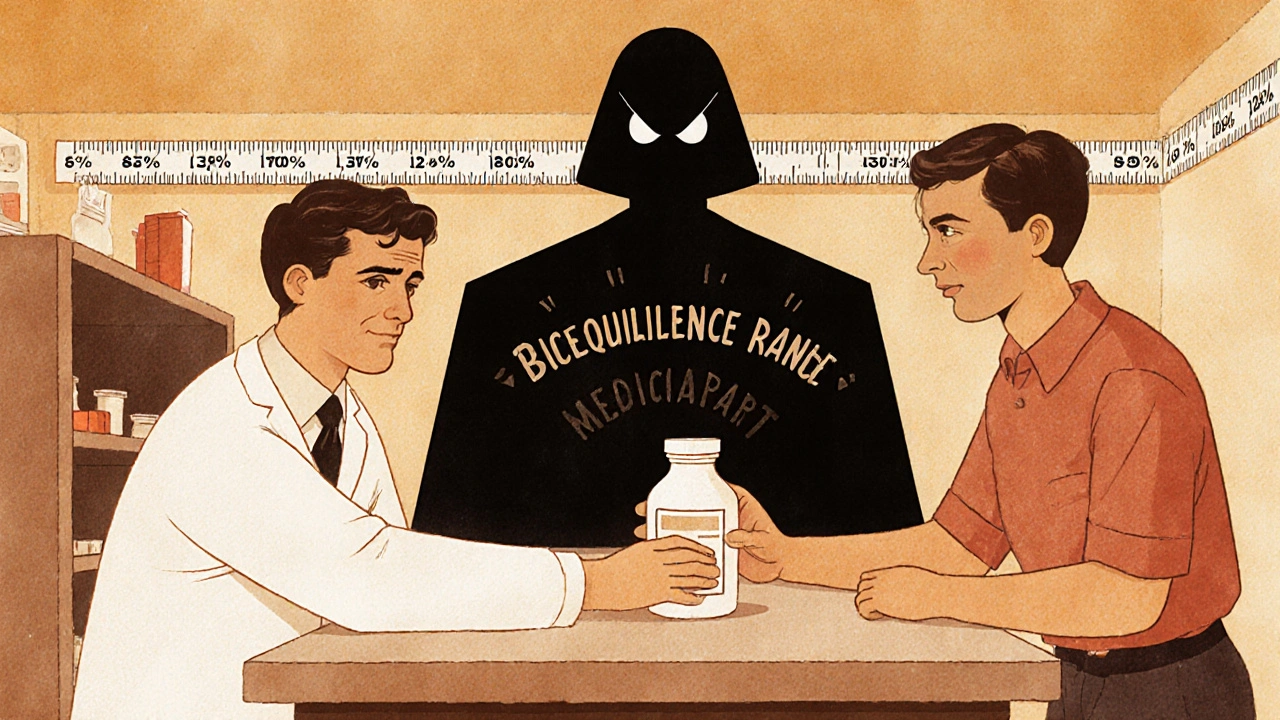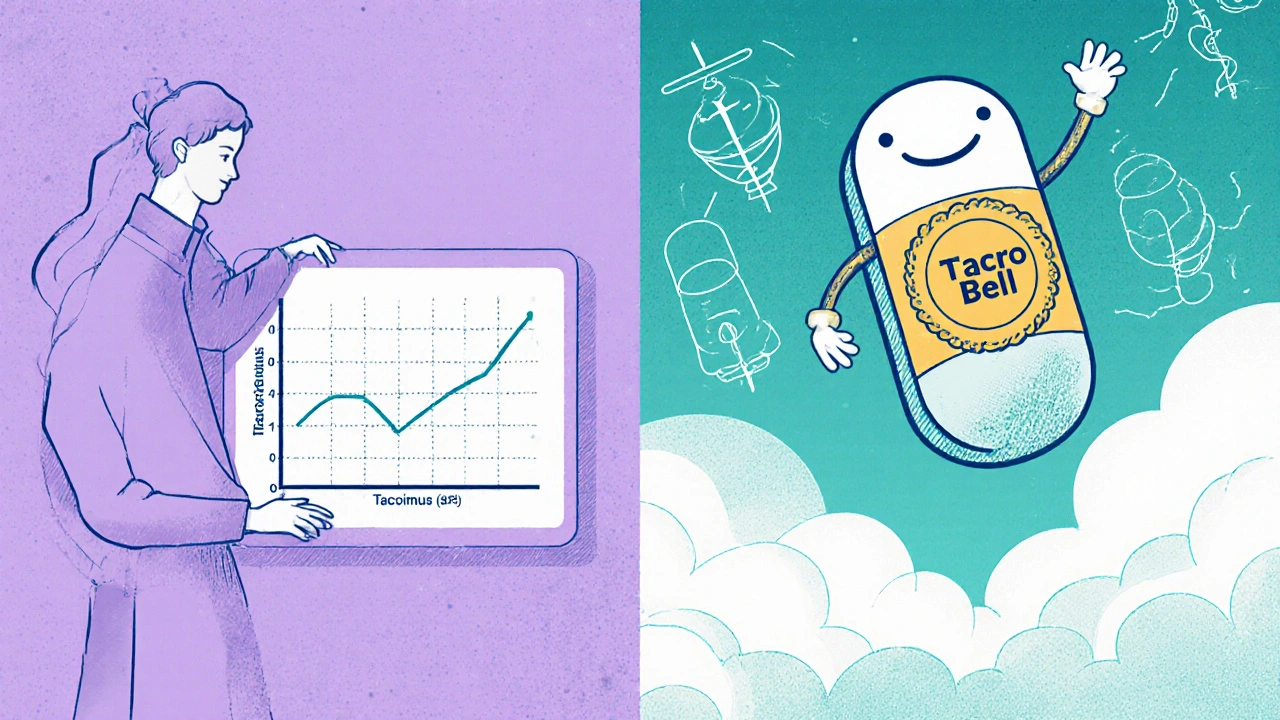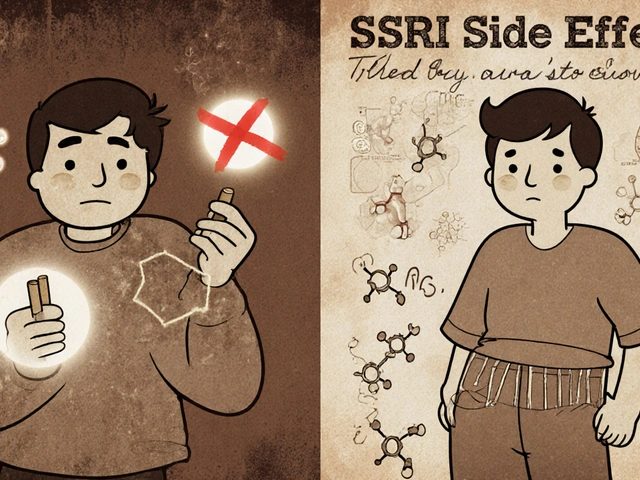When Doctors Adjust Doses After Switching to Generic Medications
Switching from a brand-name drug to a generic version seems simple: same active ingredient, lower cost, same results. But for some medications, that assumption can be dangerous. When doctors change doses after switching to generics, it’s not because they’re being cautious for no reason-it’s because the science, and real-world patient outcomes, show that generic switching isn’t always harmless for everyone.
Why Some Generics Need Dose Changes
Not all drugs are created equal when it comes to how sensitive the body is to tiny changes in dosage. Drugs with a narrow therapeutic index (NTI) sit right on the edge between working and causing harm. A little too little, and the drug doesn’t work. A little too much, and you risk serious side effects-or even death.These are the drugs where even a 5% difference in blood concentration can throw a patient off balance. Examples include:
- Levothyroxine (for thyroid conditions)
- Warfarin (a blood thinner)
- Phenytoin and carbamazepine (for seizures)
- Tacrolimus and cyclosporine (for organ transplant patients)
- Digoxin (for heart rhythm problems)
The FDA says these drugs have a "steep exposure-response relationship"-meaning the body reacts strongly to small changes. That’s why switching from one generic version to another, or back to the brand name, can trigger problems even if the label says they’re "bioequivalent."
What Bioequivalence Really Means
When the FDA approves a generic drug, it requires proof that the generic delivers the same amount of active ingredient into the bloodstream as the brand name, within an 80% to 125% range. That sounds precise, but for NTI drugs, that window is too wide.Let’s say your warfarin dose is perfectly tuned to keep your INR at 2.5. You switch to a different generic version. Even if it’s "within bioequivalence," your INR could jump to 3.2-or drop to 1.8. Both are dangerous. One raises your risk of bleeding; the other raises your risk of a clot.
A 2017 study found that patients switched between different generic warfarin products had a 23% higher chance of needing a dose adjustment within 30 days compared to those who stayed on the same formulation. That’s not a fluke. It’s a pattern.
Real Stories, Real Consequences
Behind the data are people who’ve been affected:- A 68-year-old woman stabilized on Synthroid for 8 years switched to a generic levothyroxine. Within weeks, she felt exhausted, gained 12 pounds, and her TSH levels spiked. Her doctor increased her dose by 12.5 mcg-and she felt normal again.
- A 42-year-old man with epilepsy had been seizure-free for 3 years on brand-name Keppra. After a pharmacy switch to a generic levetiracetam, he had two breakthrough seizures in two weeks. His dose had to be raised by 15% to regain control.
- A kidney transplant patient on tacrolimus switched generics. His blood levels dropped 27% in 10 days. He was rushed back to the hospital with signs of organ rejection.
These aren’t rare cases. A 2022 survey of over 1,200 hospital pharmacists found that 68% had seen patients need dose adjustments after switching NTI generics. Antiepileptics, warfarin, and immunosuppressants were the top three culprits.

Why the System Still Allows These Switches
The push for generics comes from cost savings. Generic drugs make up over 90% of all prescriptions in the U.S. But for NTI drugs, the savings can backfire.Insurance companies often force switches to the cheapest generic available-even if the patient was stable on another version. Pharmacists, following formulary rules, may substitute without consulting the prescriber. Patients rarely know they’ve been switched until they start feeling off.
Some prescribers assume all generics are interchangeable. But the FDA’s own Orange Book doesn’t treat all NTI drugs the same. Some levothyroxine products have special notations indicating they’re not automatically substitutable. Yet many providers still don’t check.
What Doctors Should Do
There’s no one-size-fits-all rule, but best practices are clear:- Don’t switch unless necessary. If a patient is stable on a brand or specific generic, leave them there.
- Monitor closely after a switch. For warfarin, check INR within 7-14 days. For levothyroxine, check TSH in 6-8 weeks. For antiepileptics, measure serum levels within 2 weeks.
- Adjust doses based on labs, not guesswork. Don’t increase a dose because the patient "feels worse." Wait for lab results. A 10-15% change is often enough.
- Document the switch. Note the exact product name, manufacturer, and lot number in the chart. This helps track problems later.
- Communicate with the patient. Tell them: "We’re switching your medication. Watch for X, Y, Z symptoms. Call us if you feel different."

What Patients Should Know
You have rights, even in a system built for efficiency:- Ask: "Is this generic the same as what I was on?"
- Ask: "Should I get a blood test after this switch?"
- Ask: "Can I stay on the brand if it’s medically necessary?"
- Keep a log: Note when you switch, what symptoms you feel, and when you see your doctor.
One patient wrote on a health forum: "I thought generics were just cheaper versions of the same thing. I didn’t realize my thyroid medicine could make me feel like I was slowly dying-and it was just because the pill came from a different factory."
The Future Is Changing
The FDA is starting to listen. In 2023, they proposed tighter bioequivalence standards for NTI drugs-narrowing the acceptable range from 80-125% to 90-111%. That’s a big deal. It means future generics will have to match the brand more closely.Some manufacturers are already responding. Teva’s "TacroBell" tacrolimus product, for example, shows 32% less variability in blood levels compared to standard generics. These are becoming known as "supergenerics"-higher-quality versions made specifically for NTI drugs.
Academic medical centers are leading the way. Many now have policies that block automatic substitution for NTI drugs. Community pharmacies? Not so much. That gap is where the risk lives.
Bottom Line: Don’t Assume Equivalence
Switching to a generic isn’t always safe. For most drugs, it’s fine. For NTI drugs, it’s a medical event-not a billing decision.Doctors don’t adjust doses because they distrust generics. They adjust because they’ve seen what happens when they don’t. The data, the patient stories, and the lab results all point to the same truth: when it comes to narrow therapeutic index drugs, consistency matters more than cost.
If you’re on one of these medications, don’t let a pharmacy switch your pill without knowing it. And if you feel different after a switch-don’t brush it off. Get tested. Ask questions. Your life might depend on it.
Do all generic medications require dose adjustments?
No. Most generic medications-like antibiotics, blood pressure pills, or antidepressants-can be switched without any dose changes. The risk is only with drugs that have a narrow therapeutic index (NTI), where small changes in blood levels can cause serious harm. These include levothyroxine, warfarin, phenytoin, tacrolimus, and digoxin.
Can I ask my doctor to keep me on the brand-name drug?
Yes. If you’re stable on a brand-name drug and have had problems with generics in the past, you can ask your doctor to write "Do Not Substitute" or "Brand Necessary" on the prescription. Many insurers will still cover the brand if medical necessity is documented. This is especially common for patients on levothyroxine or antiepileptics.
How long after switching should I get blood tests?
It depends on the drug. For warfarin, check INR within 7-14 days. For levothyroxine, wait 6-8 weeks for TSH to stabilize. For antiepileptics like phenytoin, check serum levels within 10-14 days. For immunosuppressants like tacrolimus, test within 3-7 days. Always follow your doctor’s specific guidance.
Why do some people have no issues switching generics?
Because not everyone is equally sensitive. Some people’s bodies absorb and process drugs in a very consistent way. Others have genetic differences, liver or kidney issues, or other medications that affect how the drug behaves. A switch that’s harmless for one person might be dangerous for another. That’s why blanket rules don’t work.
Are there any new generics that are safer to switch to?
Yes. Some manufacturers now produce "supergenerics" for NTI drugs with tighter quality controls. Teva’s TacroBell for tacrolimus and certain levothyroxine brands with consistent manufacturing processes have shown less variability in blood levels. Ask your pharmacist if the generic you’re getting is one of these higher-stability versions.
What should I do if I think my dose needs adjusting after a switch?
Don’t change your dose yourself. Contact your doctor immediately. Keep a symptom log: note fatigue, dizziness, heart palpitations, seizures, unusual bruising, or weight changes. Bring it to your appointment. Blood tests are the only reliable way to know if your dose needs to be changed.






